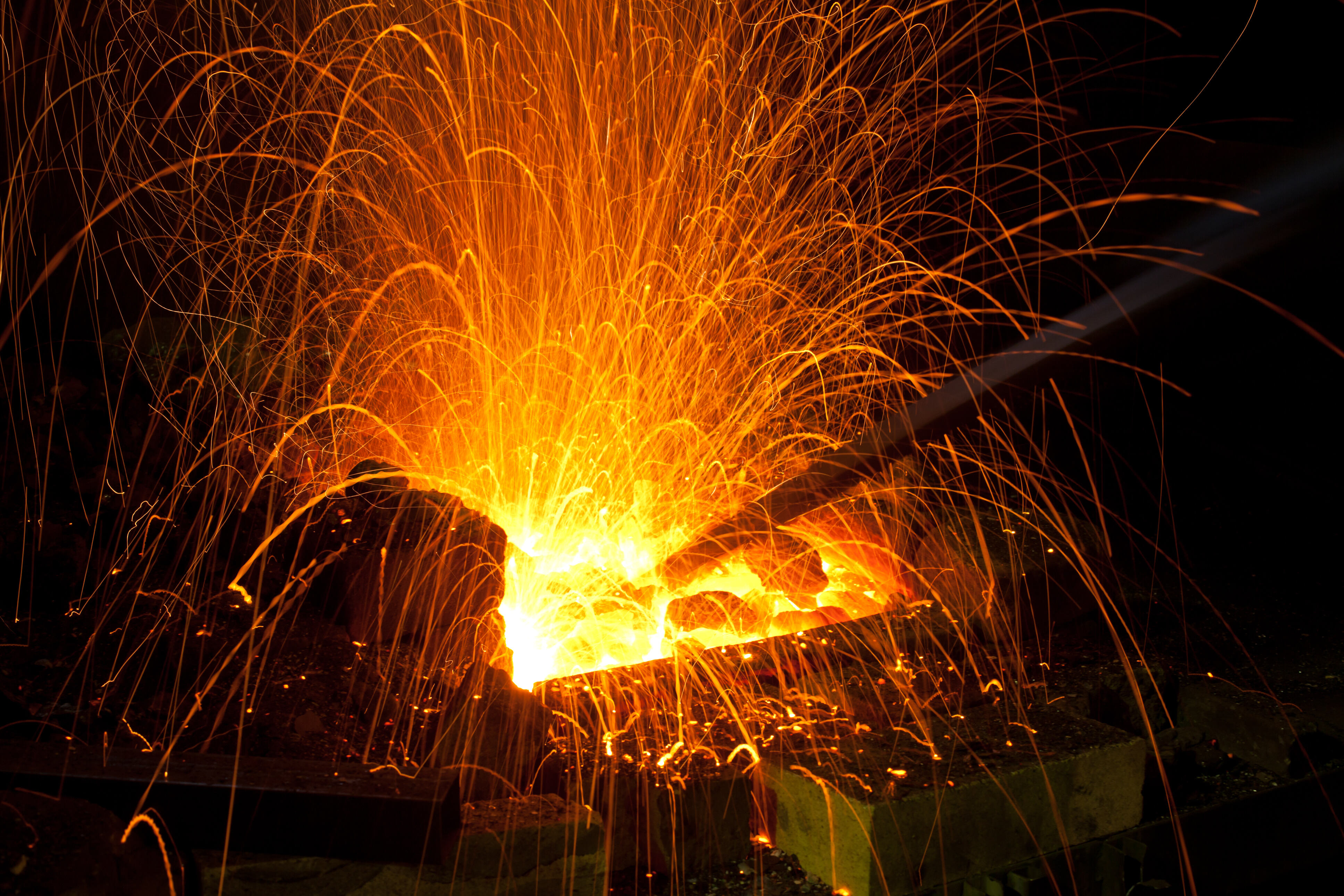Revolutionizing Material Transport in Modern Metal Processing
The metallurgical industry stands at the forefront of industrial innovation, constantly seeking ways to enhance efficiency and streamline operations. Pneumatic tube systems have emerged as a groundbreaking solution for material transport within metallurgical facilities, transforming how materials, samples, and documents move throughout these complex industrial environments. This advanced transport technology not only accelerates operational processes but also significantly improves safety and reliability in metal processing plants.
Modern metallurgical operations face increasing pressure to optimize their workflows while maintaining the highest safety standards. The integration of pneumatic tube systems represents a strategic response to these challenges, offering a sophisticated approach to material handling that aligns perfectly with the industry's evolving needs. These systems have proven particularly valuable in facilities where rapid transport of samples and materials is crucial for maintaining production continuity.
Core Components of Pneumatic Transport Systems
Advanced Tubing Networks and Infrastructure
The backbone of any pneumatic system in metallurgical environments consists of carefully engineered tubing networks. These tubes are constructed from high-grade materials capable of withstanding the harsh conditions common in metal processing facilities. The infrastructure includes specialized joints, bends, and switches that facilitate smooth material flow while minimizing wear and maintenance requirements.
System designers must account for the unique challenges present in metallurgical operations, including extreme temperatures, dust, and potential chemical exposure. The tubing network incorporates thermal insulation and protective coatings to ensure reliable performance under these demanding conditions.
Carrier Design and Material Compatibility
Carriers used in metallurgical facilities require special consideration regarding their design and material composition. These containers must protect their contents while maintaining system efficiency. Advanced polymer composites and reinforced materials ensure carriers can withstand repeated use while protecting sensitive samples and documents from environmental factors.
The carrier design also incorporates features that prevent contamination and ensure secure transport of various materials, from ore samples to finished product specimens. This attention to detail in carrier engineering directly impacts the system's overall reliability and usefulness in metallurgical applications.
Implementation Strategies in Metallurgical Environments
System Layout and Integration
Successfully implementing pneumatic tube systems in metallurgical facilities requires careful planning and strategic layout design. The system must efficiently connect key areas such as laboratories, quality control stations, and production floors while avoiding interference with existing operations. Engineers consider factors like travel distance, routing options, and station placement to optimize system performance.
Integration with existing facility infrastructure demands a thorough understanding of both the physical space and operational workflows. The design process often involves 3D modeling and simulation to ensure optimal placement and functionality of all system components.
Safety and Compliance Considerations
In the metallurgical industry, safety remains paramount. Pneumatic tube systems must comply with stringent safety regulations while operating in potentially hazardous environments. This includes incorporating explosion-proof components where necessary and ensuring all materials used meet relevant industry standards.
Regular safety audits and maintenance protocols help maintain system integrity and ensure continued compliance with industry regulations. These measures protect both personnel and valuable materials during transport throughout the facility.
Operational Benefits and Performance Metrics
Efficiency Improvements and Cost Reduction
The implementation of pneumatic tube systems in metallurgical operations typically yields significant efficiency gains. These systems reduce manual transport time by up to 70% while minimizing the risk of sample loss or contamination. The automated nature of these systems also leads to more consistent and predictable material handling processes.
Cost savings emerge from reduced labor requirements, improved process efficiency, and decreased potential for errors in sample handling. Many facilities report substantial returns on investment within the first few years of system implementation.
Quality Control and Process Enhancement
Pneumatic transport systems play a crucial role in maintaining quality control standards within metallurgical facilities. The speed and reliability of sample delivery enable faster analysis and more responsive process adjustments. This quick turnaround time proves particularly valuable during critical production phases where rapid testing and verification are essential.
The system's ability to maintain sample integrity during transport ensures accurate analysis results, leading to better quality control and more consistent final products. This improvement in quality management capabilities often translates to enhanced customer satisfaction and stronger market positioning.
Future Developments and Industry Trends
Smart Integration and Automation
The future of pneumatic tube systems in metallurgical applications points toward increased integration with smart factory technologies. Advanced sensors, IoT connectivity, and automated tracking systems are becoming standard features, enabling real-time monitoring and system optimization.
These technological advancements facilitate predictive maintenance, improved system efficiency, and better integration with facility-wide management systems. The trend toward smart manufacturing continues to drive innovation in pneumatic transport solutions.
Sustainable Operations and Energy Efficiency
Environmental considerations are increasingly influencing the design and operation of pneumatic systems in metallurgical facilities. Modern systems incorporate energy-efficient components and intelligent control systems that optimize power consumption while maintaining performance levels.
Manufacturers are also exploring sustainable materials and green technologies to reduce the environmental impact of these systems while meeting the demanding requirements of metallurgical operations.
Frequently Asked Questions
How do pneumatic tube systems maintain sample integrity in harsh metallurgical environments?
Pneumatic tube systems utilize specially designed carriers with protective coatings and seals that shield contents from heat, dust, and chemical exposure. Advanced materials and engineering ensure samples remain uncontaminated during transport through the facility.
What maintenance requirements exist for pneumatic systems in metal processing facilities?
Regular maintenance includes inspection of tubing networks, cleaning of carriers and stations, verification of air pressure systems, and testing of control components. Preventive maintenance schedules typically align with facility shutdown periods to minimize operational impact.
How do pneumatic tube systems integrate with existing quality control processes?
These systems seamlessly connect quality control laboratories with production areas, enabling rapid sample transport and analysis. Integration includes automated logging systems, tracking capabilities, and direct communication with laboratory information management systems for enhanced process control.




